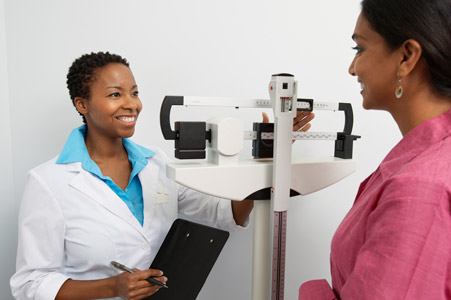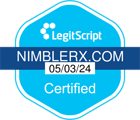


How to Effectively Communicate with Pharmacy Patients
Your patients are the lifeblood of your pharmacy practice — the countless hours you put into improving and expanding your business are in service of them. You probably stock more medications, explore new health technology, and coordinate wellness programs to meet their needs, but are you falling short on one of the most critical parts of the pharmacist-patient relationship?
It’s easy to make assumptions about how your patients want to be communicated to and miss out on crucial opportunities to provide the best level of care. Let’s challenge some common misconceptions about patient communications by demographics and gain insights into how you can supercharge your patient experience through enhanced messaging strategies.
The Importance of Communication for Pharmacies
Besides the few minutes you spend with patients doing consultations every month, or maybe even less frequently, it’s incredibly difficult to ensure you have 100% of their attention. This becomes a barrier to care when you need to communicate refill reminders, important notices about their orders, and even just general best practices and wellness education.
Picking up the phone and calling your hundreds of patients is obviously unsustainable, but so is assuming that their preferences for communication are in traditional channels like email or voicemail. No matter the age of a patient, it’s best if you maximize the methods of communication available to them. This strategy ensures that your important messages are received, busy patients have the bandwidth via text to see your communications, and folks who prefer to communicate digitally are accommodated. As a bonus, if you automate digital touchpoints you can then spend more time on deeply personal in-person interactions and important phone calls.
Overcoming Communication Barriers with Patients
When pharmacies consider overhauling their communication strategy there are a few key objections that surface. One of the biggest misconceptions is that older patients aren’t on smartphones or really do not like digital communications.
While that might be true on a personal level, data shows that seniors are more digitally savvy than you think. A recent report by Pew Research found that 61% of those 65 and older own a smartphone and 75% of that same age group claimed to be regular internet users. 36.9 million Americans 59 and older report being social media users.
As you roll out alternative communication techniques, it’s common to get some confusion or hesitancy with patients of all ages. They might see these messages and think the texts are spam, or be wary of improper use of their personal information. The best way to combat this is through proper education.
Consider rolling out new communication channels in stages with plenty of advanced notice posted in your pharmacy (think posters, cards with every order baggie, etc.) and on your existing digital channels like email. Education about your new messaging and assurances that their data is safe will make all the difference in ensuring that your new communication program is successful.
How Pharmacy Solutions Can Enable Strong Communication
All of these tips will ultimately fall flat if your pharmacy doesn’t have the proper solution to pull it all together. It’s crucial that you choose a technology that uses patient data appropriately, has well-designed and tested messaging, and connects with your existing pharmacy management solutions.
The Nimble team has done all that (and so much more) with the NimbleRx platform. We partner with pharmacies, like yours, to help you make more money, save more time and delight your patients. For your patients, Nimble makes it simple to pay for prescriptions and refills. If you’d like to see the solution in action, get a hands-on demonstration with our team.
Through expanding your channels and up-leveling your strategies, you have an excellent opportunity to supercharge your communication with patients. This will result in stronger pharmacist-patient relationships — which will further enable your pharmacy to deliver exceptional care.


.jpg)
.jpg)
.jpg)


















.jpg)





















.jpg)








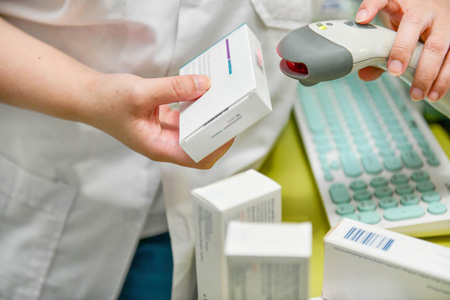
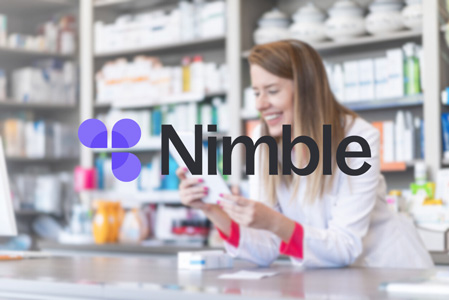







.jpg)






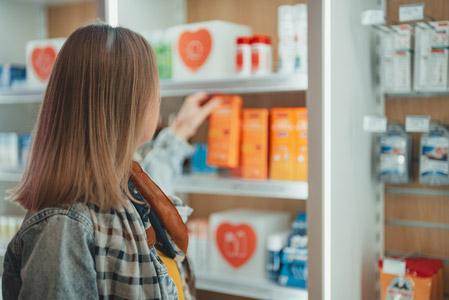











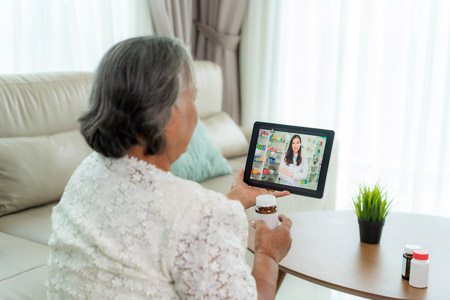







.jpg)
.jpg)
.jpg)


